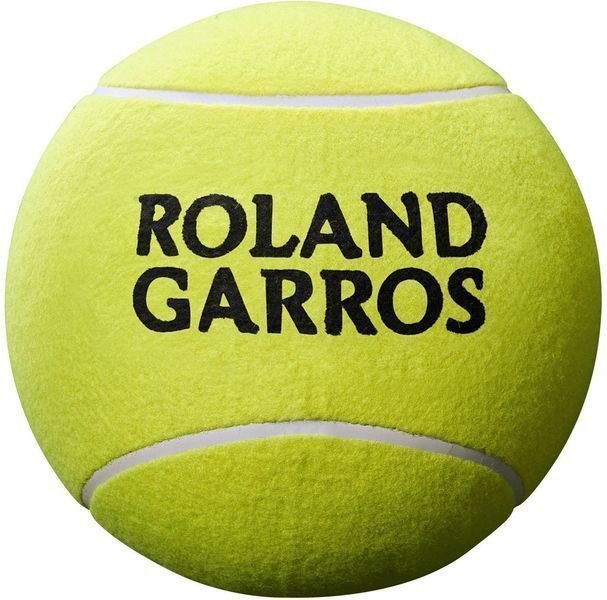
ATP Tour’s distant cousin, Adenosine Triphosphate is the biochemical common denominator of all metabolic processes happening in the body. And it is as relevant to Rafael Nadal and Roger Federer as it is to you and me. Without ATP, life as we know it would not even be conceivable. So let’s take a deep dive and get to know this miraculous molecule that makes life happen.
ATP is said to be the main energy currency of the cell, but what does that actually mean? No economic activity metaphor would be useful here to simplify explanations so hold your breaths a little while we indulge in a bit of chemistry… Depending on the energy balance between reactants/inputs and products/outputs, chemical reactions can be either endergonic (require an additional input of energy to proceed) or exergonic (happen spontaneously with a concomitent release of energy). The energy release of exergonic chemical reactions most often takes the form of ATP, which can be stored by the body and later used to drive forward related endergonic chemical reactions. Hence the label of energy currency, which is attributed to this special molecule.
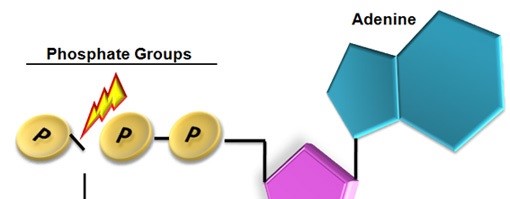
Structure
Alongside, guanine, cytosine, thymine and uracil, adenine is one of the 5 nucleotide bases that represent the DNA and RNA backbone. More on this in a later post, but for now what you need to remember is that adenine is also the backbone for ATP. It attaches to a ribose, which is a 5-carbon sugar, and 3 phosphate groups. Energy is usually released by transfers of:
- most commonly 1 phosphate group to the reactants in a chemical reaction, case in which we end up with ADP, Adenosine Diphosphate
- or 2 phosphate groups. case in which we end up with AMP, or Adenosine Monophosphate (cAMP, or cyclic Adenosine Monophosphate is a special type of molecule involved in transducing signals in various metabolic pathways)
Both AMP and ADP are later recycled by other exergonic reactions back into ATP, which can then later be used in other endergonic reactions. And the biochemical energy cycle goes on and on.
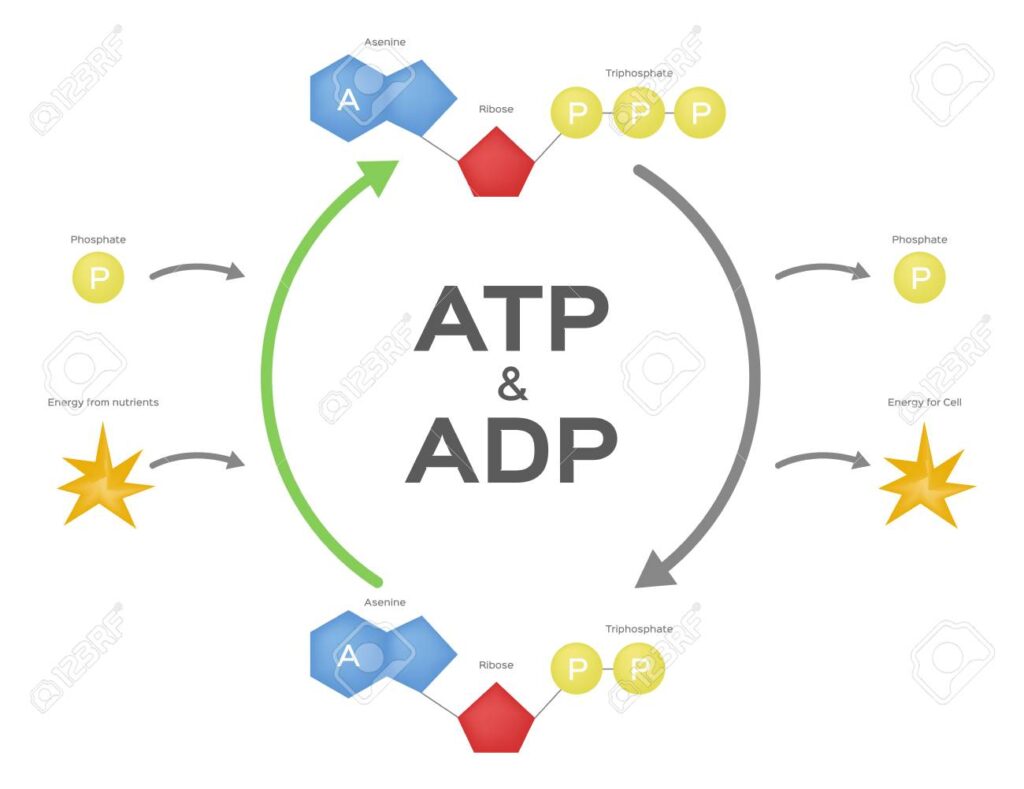
And where do we get the energy from for setting up biochemical reactions that produce ATP in the first place? Well, you guessed it, it’s food! So back to our macro view on nutrition now: carbs, lipids and proteins. Cellular respiration that happens in the mitochondria of animal cells, is the process through which ATP is produced in our bodies. Plants use photosynthesis, whereas archaea, bacteria and yeast use anaerobic respiration and fermentation respectively.
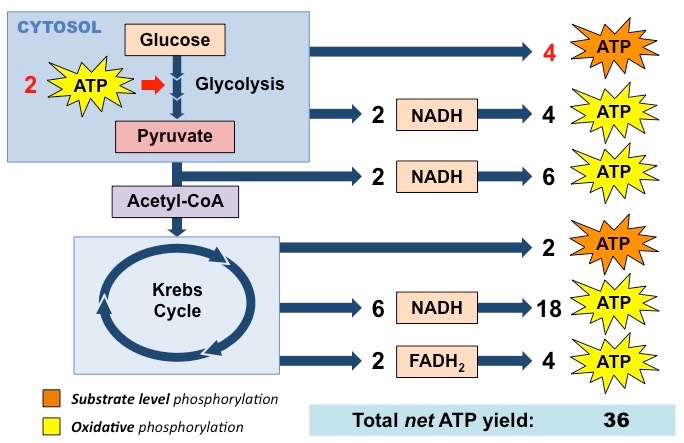
In the combined cellular respiration stages of macronutrient oxidation, citric acid cycle and oxidative phosphorylation, a molecule of glucose can yield up to 36 molecules of ATP, whereas fatty acids can yield 3 or even 4 times as much depending on the length of the oxidised carbon chain. The amino acid catabolism pathways into the citric acid cycle are not as active as those of glucose and fatty acids, so the latter two are used to produce 85-90% of the ATP in the human body.
So how are you faring on your ATP turnover? Are you willing to try out one of our smoothies to get those molecules going?
~Mihai


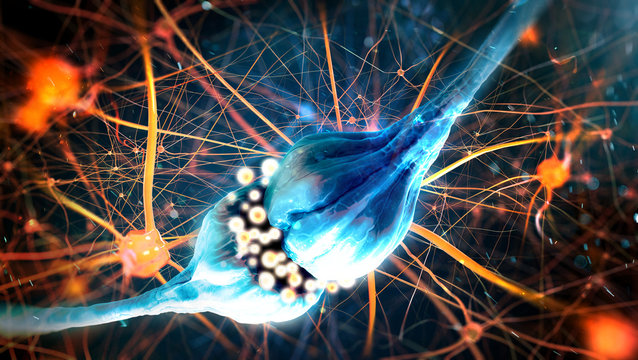

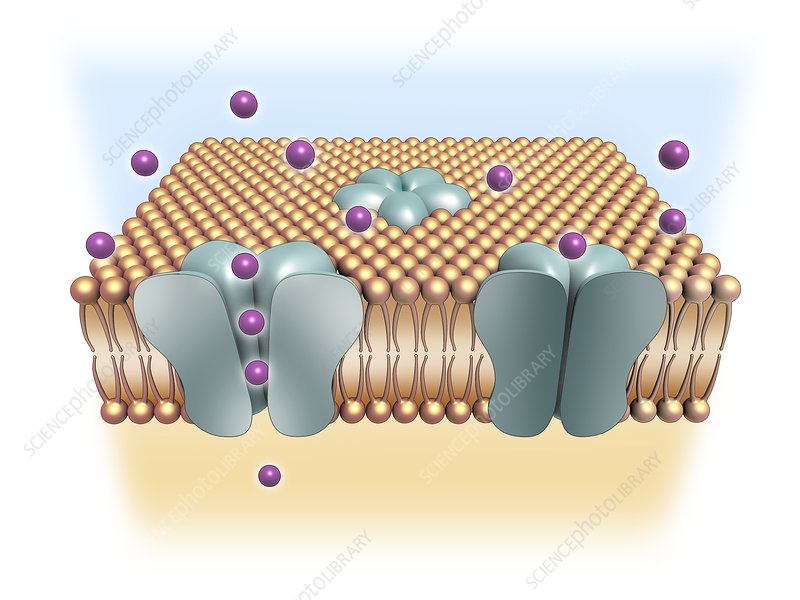
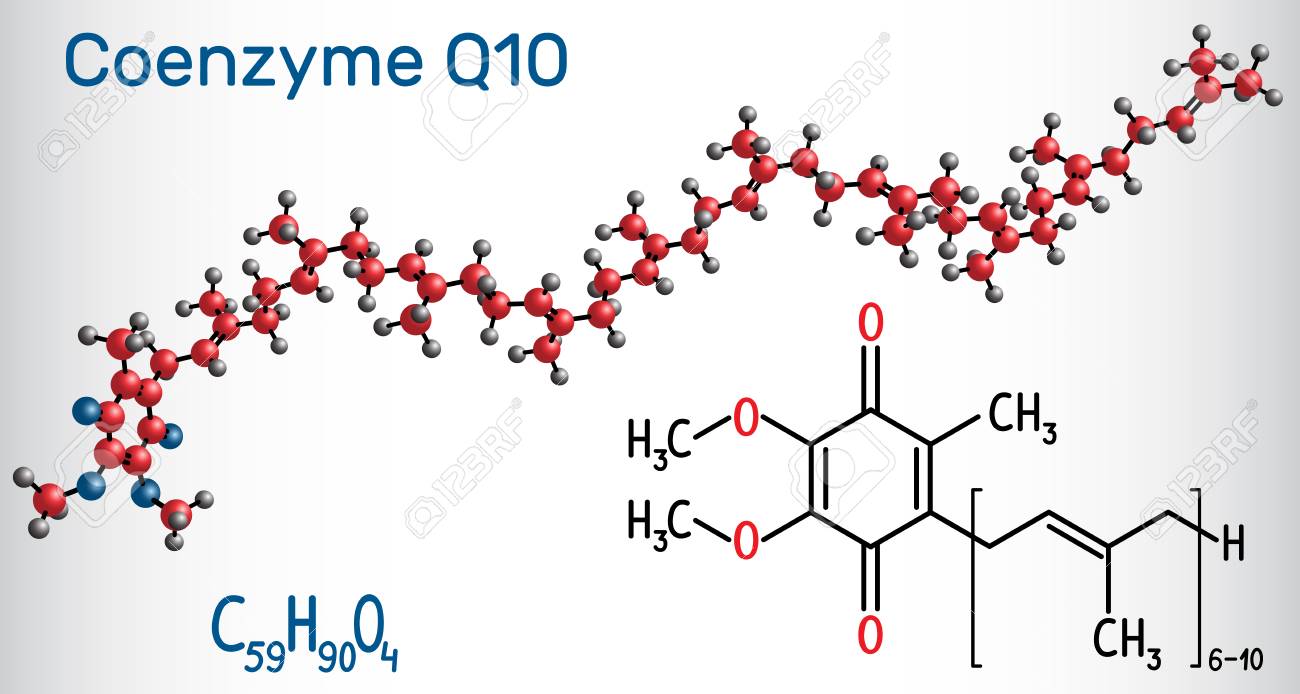
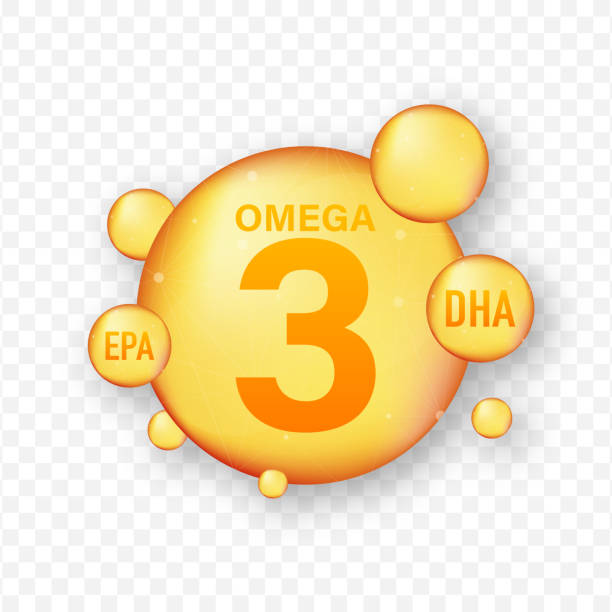
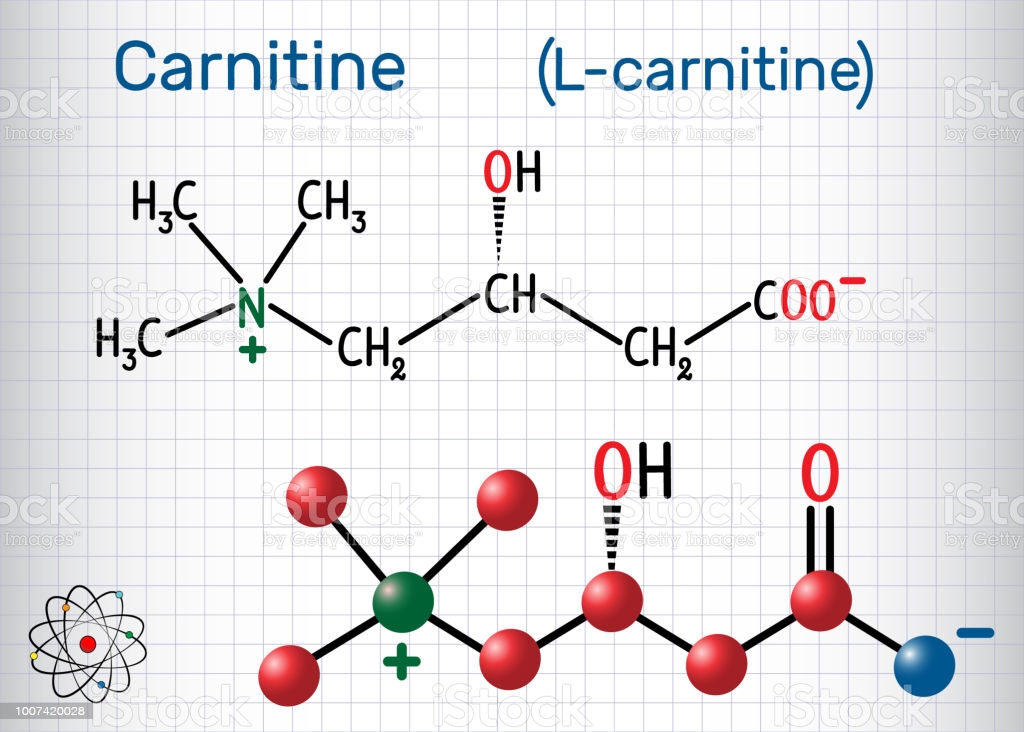

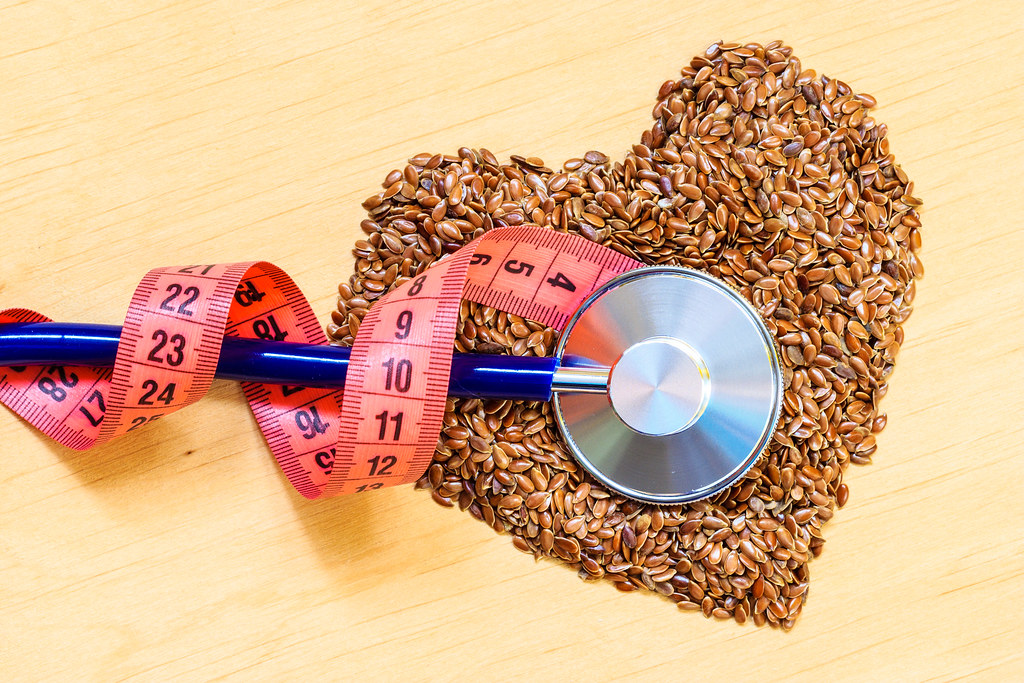
Pingback: Electric life – Nutrifix